Guess How Many Houseplants Extroverts vs. Introverts Own?
By Jill Brooke
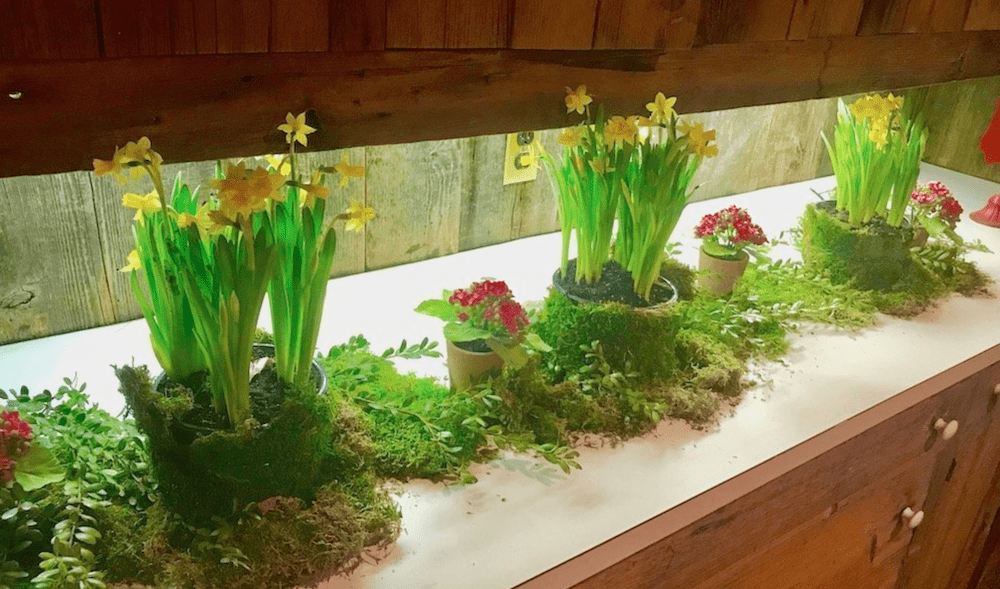
Will it surprise you that extroverts have more houseplants than introverts but different personality types gravitate to different plants?
Because we like to share fun trivia with you, here are some findings from a study of over 1000 people from Cinch Home Services.
The Big Five Personality Test ranked five core traits – openness to experience, conscientiousness, extraversion, agreeableness and neuroticism – on a continuous scale. As the researchers discovered, there are a number of ways those traits could be linked to both enthusiasms for houseplants and preferences for certain types of plants. Overall, people who scored highly in extraversion (6.8 plants) and openness (6.1) owned the highest number of houseplants, on average, while those scoring higher in agreeableness (5.8) and neuroticism (5.4) had the least.
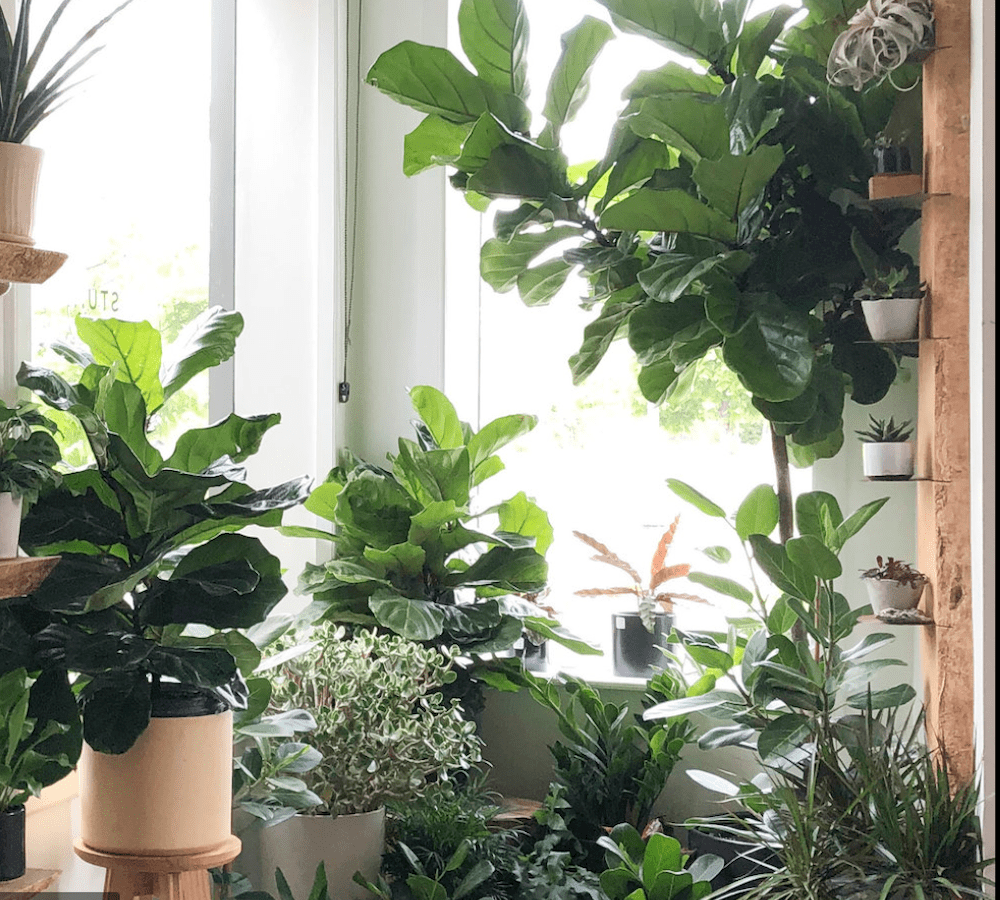
People who scored higher in neuroticism were the most likely to be associated with the fiddle leaf fig plant. Despite its popularity, the fiddle leaf is notorious as one of the most difficult plants to keep alive, requiring the perfect balance of both water and sun exposure to maintain its ideal tropical climate. Potentially perfect for those with more neurotic tendencies, you’ll also need to make sure you’re cleaning the individual leaves, using the right kind of water and avoiding drafts wherever possible if you want your FLF to thrive.
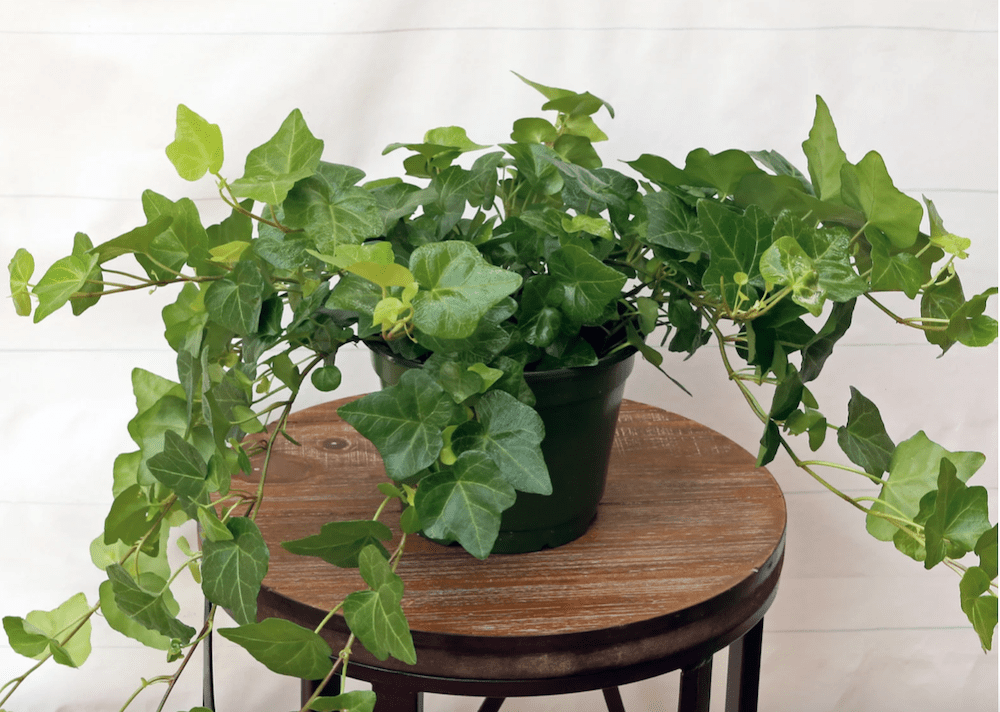
In contrast, people scoring higher in agreeableness and conscientiousness were more inclined toward English ivy, while those with high scores in openness opted for succulents, cacti and spider plants. People with more extraverted personality types leaned toward dragon trees, fiddle leaf figs and English ivy.
And while the boom in houseplants might be commonly associated with millennials, that may not be entirely accurate from a generational perspective. Among those surveyed, Generation Z averaged the highest number of houseplants (6.9), followed by baby boomers (6.5), Gen X (6.2) and millennials (5.4).
So what are the most popular reasons for owning houseplants in the first place? Having more greenery around (56%), the decor aesthetic (51%), as a hobby (43%), as a mood booster (43%) and to reduce stress (35%) were the most popular reasons people took up the mantle of caring for plants. Particularly during the winter months when you may not be spending as much time outside, some houseplants can help create a more relaxing environment, including the mental health benefits of reducing stress and boosting feelings of happiness.
As the study also noted, enabling a connection with nature at a time when so much of our daily routines had shifted and changed, the houseplant boom didn’t just provide an opportunity for people to spruce up their living spaces, it encouraged a hobby that promoted learning and growth. It’s probably no small coincidence that even just looking at houseplants can also help reduce stress.
Furthermore, as Lily Ewing, a therapist in Seattle noted, “People are designed for connection and nurturing, but with more millennials waiting until later in life to have babies and settle down, young people are turning to plants.
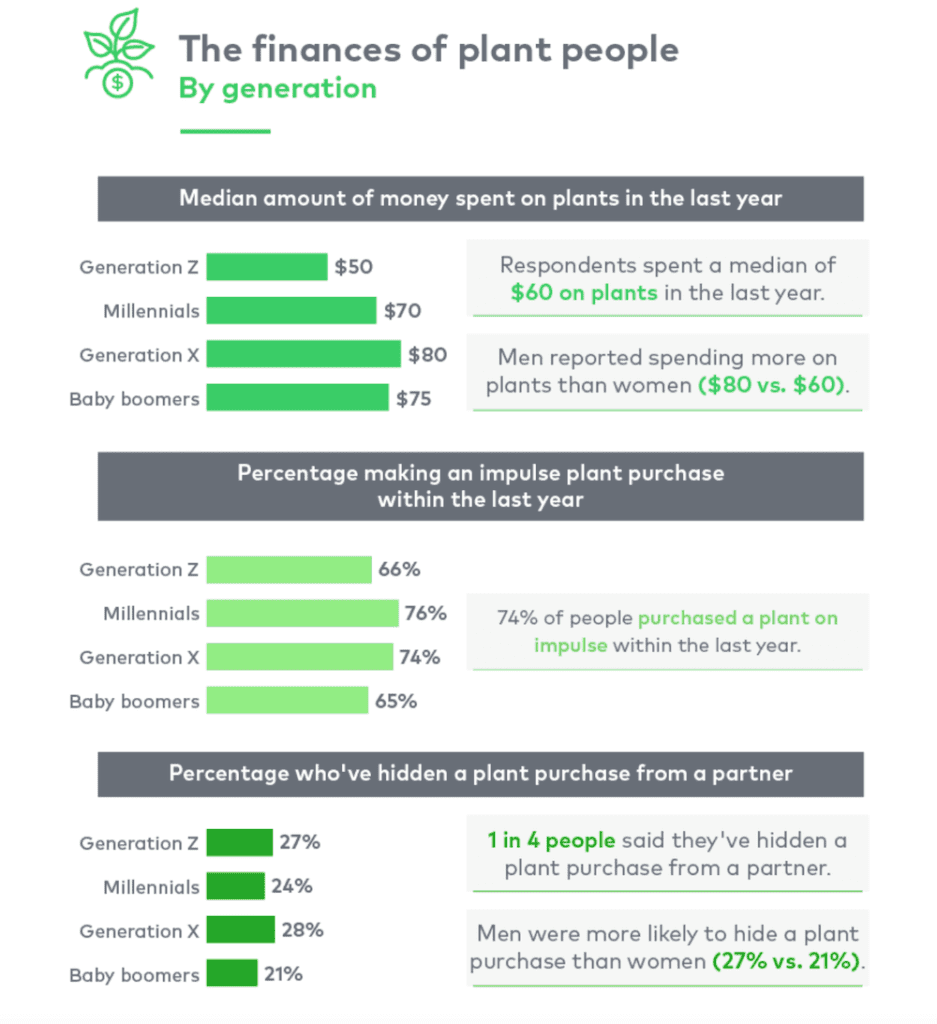
As far as costs, according to the study,in the last year, people reported spending an average of $60 on plants, though men ($80) spent 33% more, on average, compared to women ($60).
Millennials (76%) and Generation X (74%) respondents were the most likely to admit to making an impulsive plant purchase in the last year, and it was Generation X (28%) and Gen Z (27%) who were the most likely to have hidden a plant purchase from their partner.
Overall, houseplants, at home or at the office, are a wonderful decorative addition that is both aesthetically and spiritually pleasing.
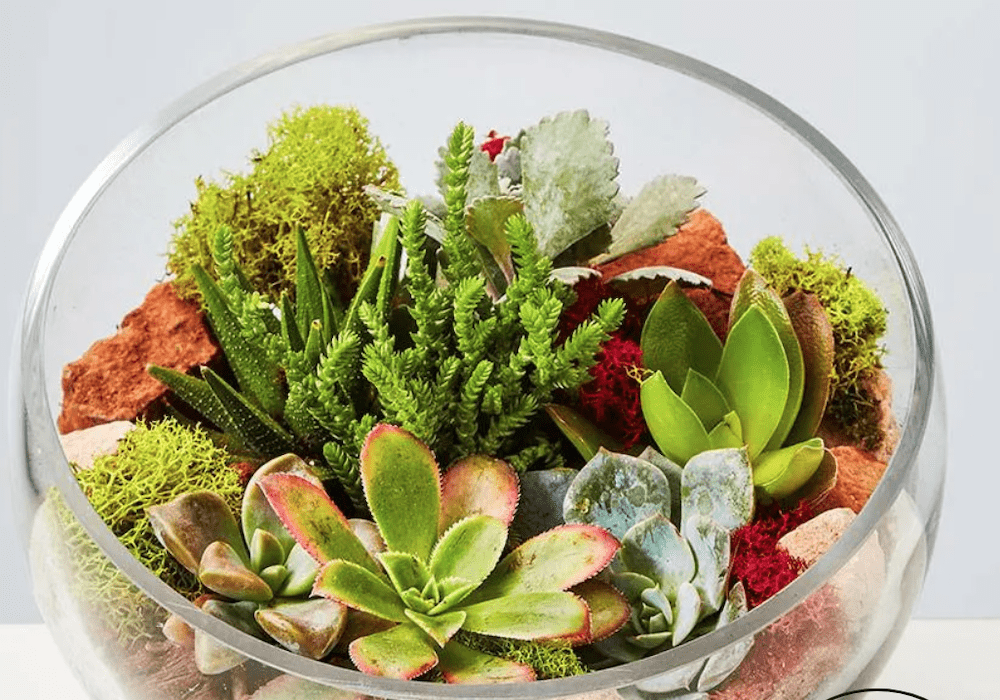
Jill Brooke is a former CNN correspondent, Post columnist and editor-in-chief of Avenue and Travel Savvy magazine. She is an author and the editorial director of FPD and floral editor for aspire design and home magazine and contributor to Florists Review magazine.
